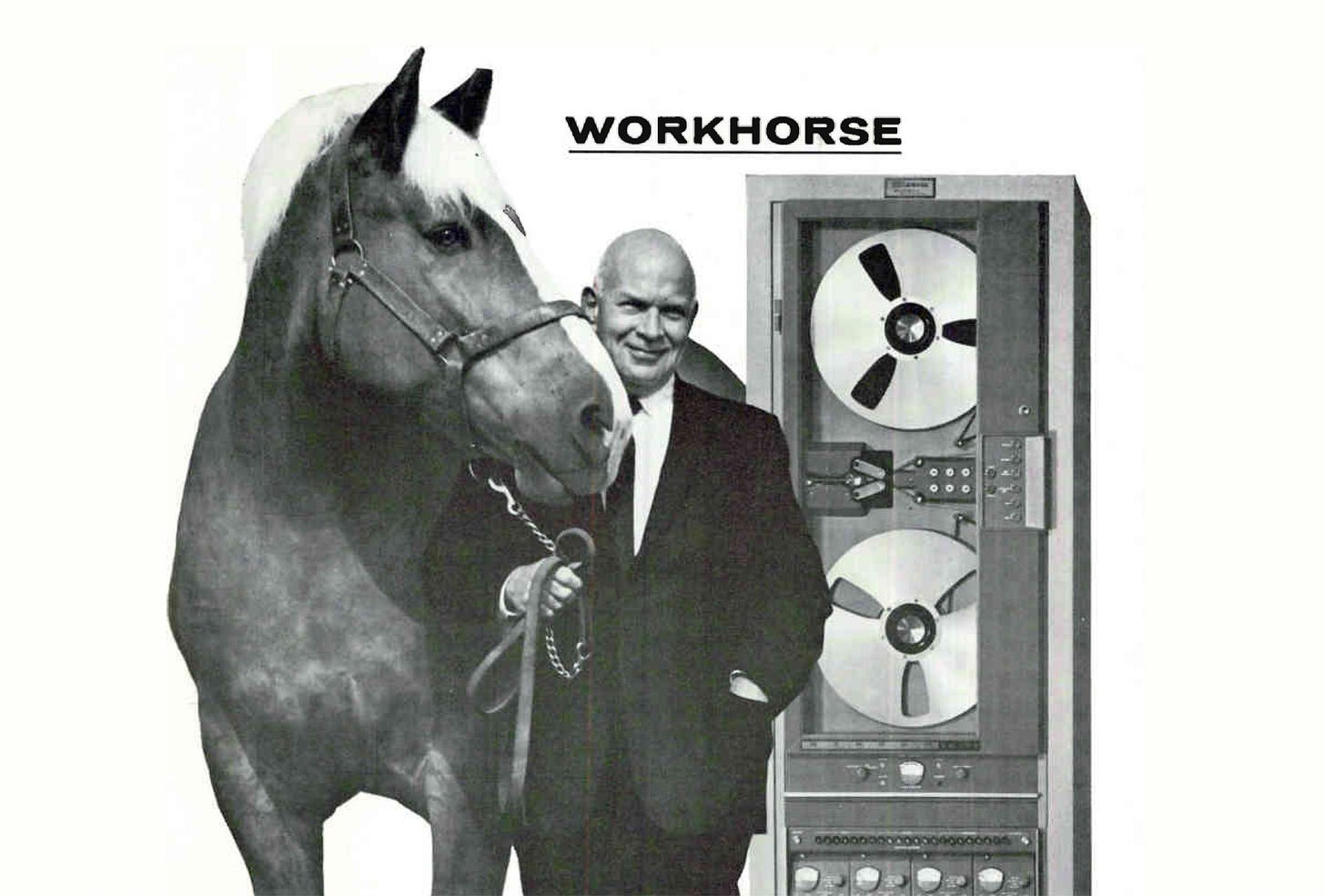Closer to absolute opacity
Five fragments for the week of June 23, 2025

Hello from just after the summer solstice. And welcome again to all the new readers still joining from Hilary Gridley’s great newsletter, night crazies.
Here are five fragments that stuck with me last week…
Designing AI products is hard because there’s an order of magnitude more “edge cases” to reason about
in fact, it feels almost like there are only edge cases
– Ryan Mather on X, June 22, 2025. He follows up: “It's kind of like going from writing a play (where the actors say the same thing on stage every time) to a D&D campaign, where you never know what's going to happen.” Ryan is one of the designers of poetry.camera, among other AI-infused projects. This feels true to my experience, too.
Bryan [Miller] once invited me to share a table at the opulent Russian Team Room with the venerable food writers Craig Claiborne and Pierre Franey. Among such icons, I alternated between being attentively humble and showing off. I have no idea if they thought I was interesting company or just a tagalong sycophant.
– Danny Meyer, Setting the Table: The Transforming Power of Hospitality, January 29, 2008. This memoir by the founder of the Union Square Hospitality Group was recommended to me last week and I’ve enjoyed it a lot already. I found this part particularly relatable; I’ve felt exactly this way in groups of people I look up to.
Once a show opens, Broadway becomes a weekly cash flow business. Broadway musicals operate with a recurring cost structure that typically ranges from $400K-$1M per week, depending on the scale of the show, the venue, and marketing needs. That includes everything from salaries and rentals to advertising and theater expenses. You can think of it like a startup’s monthly burn, and break-even is tied to consistently hitting a certain occupancy threshold at premium ticket pricing.
For investors, this opens up a unique kind of financial visibility. You’re not waiting years for a liquidity event. You see gross ticket sales every week, along with real-time metrics on advance sales (future demand), merchandise revenue (non-ticket upside), and even line-item profitability estimates.
– Andy Coravos, “Angel Investing in the Arts, Part II: Broadway Edition,” June 16, 2025. This series is so energizing. Andy is a good friend and experienced founder, and she’s using the sabbatical she’s currently on to “[have] fun with the time I am on this planet, supporting people doing brave things and telling stories that I’m excited to see in the world.” I love the behind-the-scenes (pun not intended, but apt!) peek into a parallel world of investing in creative projects.
Agentic products are going to have to figure out what I’m gonna call the bump algorithm.
You know when you’re working w a colleague on something and you get busy or distracted and they’re waiting on your input and after a day or two they message you “bump”?
I’ve yet to see any AI products do this well. They leave unanswered queries pending, awaiting your feedback, presuming you’ll return when you’re ready (narrator: she never returned because she forgot.)
– Claire Vo on X, June 17, 2025. Really feeling this the past few days as I spin up tons of different parallel threads in ChatGPT. I’ve resorted to setting timers to bring me back and make sure I unblock it, but there’s got to be a better way!
Blackest of blacks, this new viewfoil is closer to absolute opacity than any foil ever available for transparency use. Exclusive rice paper separator sheets don’t have to be removed from foils for processing, provide greater protection from scratching and easier handling…without decreasing image quality.
– “Ozalid Newsletter,” Electronics Weekly Magazine, November 8, 1963, page 14. Found by following a footnote on the projection transparencies article on Wikipedia. Presentations software was originally designed to produce overhead transparencies, so I always like understanding the past as I work on the next generation of presentations software at Gamma.
Until next time,
Diana
https://dianaberlin.com



Wahoo thank you for reading and sharing!! It’s been a fun exploration